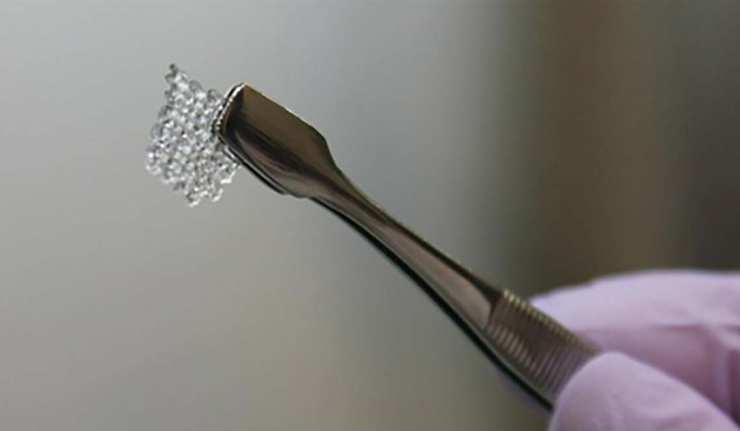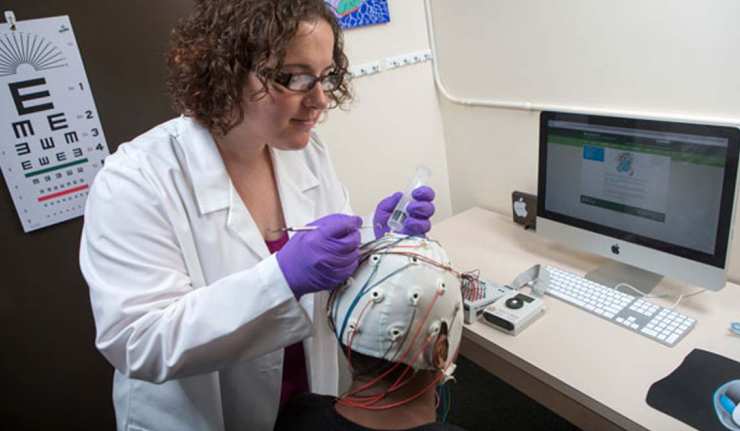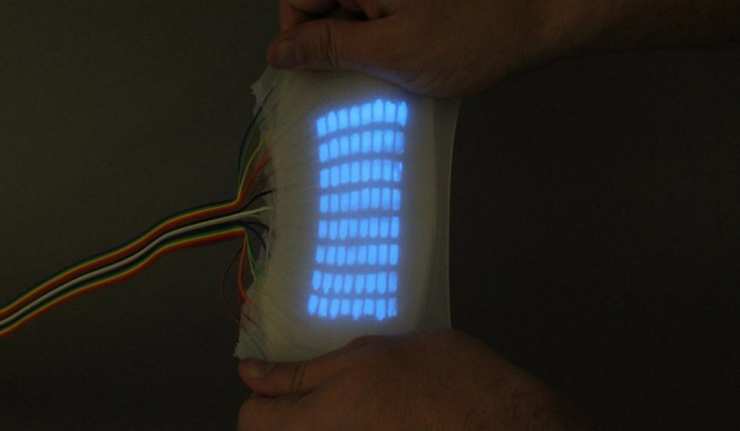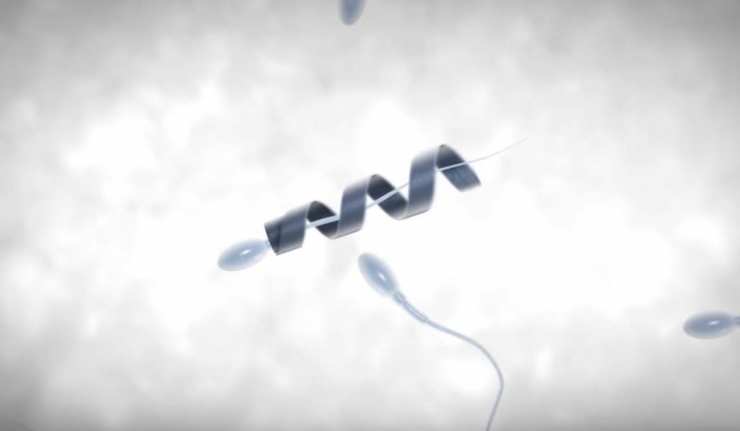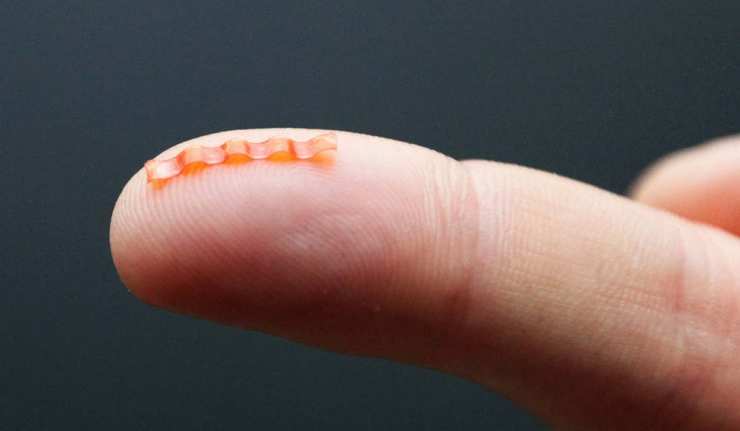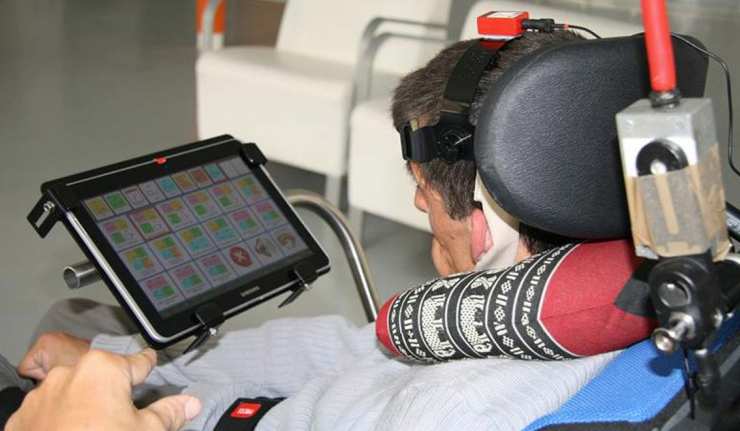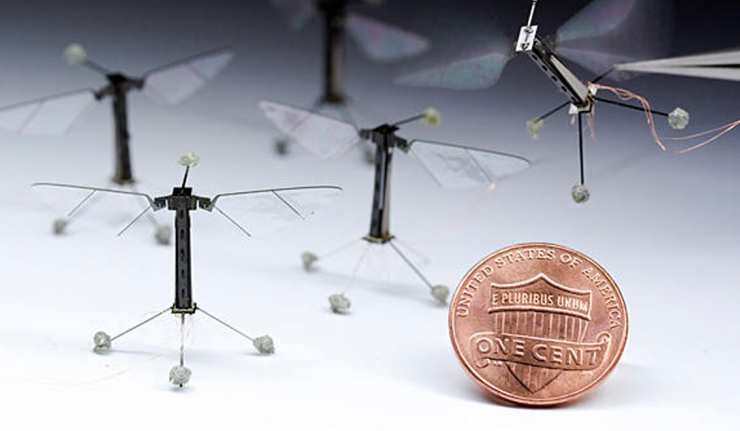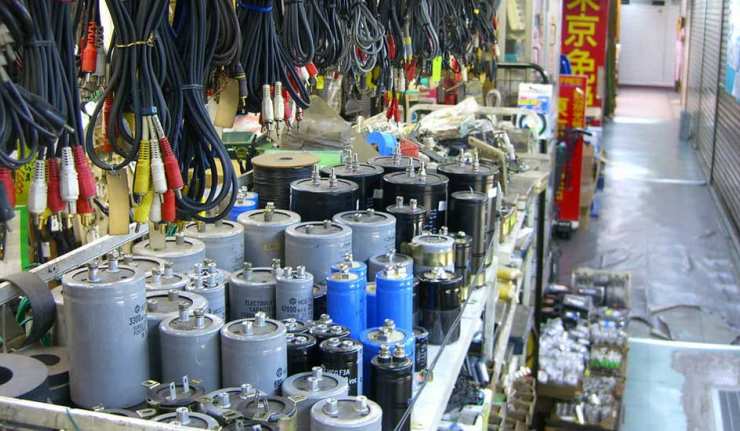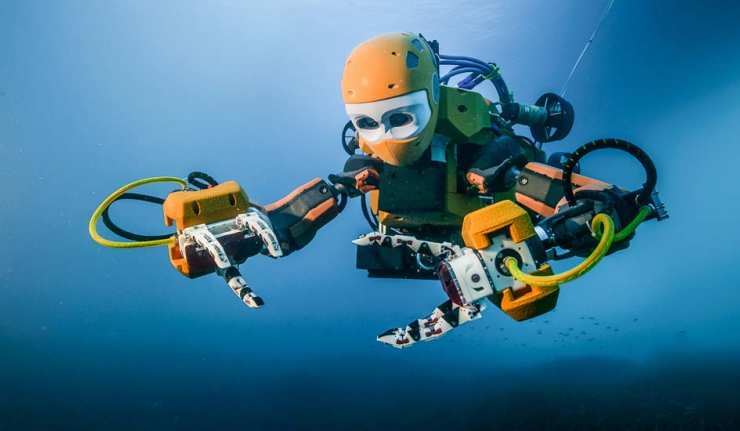Science
Could 3D Printed Ovaries Help Restore Fertility?
An all-female team of scientists have just created the first 3D printed ovary, in a first step towards a potential method of restoring fertility in young cancer patients.
These cancer patients have had their fertility compromised by treatments they received either as children, or adults. The idea is to provide them with a bioprosthetic ovary which restores both correct hormone levels and fertility, allowing them to have children.
The team, from the Northwestern University Feinberg School of Medicine and McCormick School of Engineering, had quite a challenge on their hands.
CEREBRE: Is a ‘Brainprint’ the Future of Biometric Technology?
The positive identification of a person has been identified as a need of our growing society for centuries, together with crime and law enforcement. First there was facial recognition and detection of walking style. Now, with our ever-increasing human population the need for “more accurate” identification appeared, including fingerprints and handwriting analysis, either to identify or to authenticate (e.g. bank transactions) certain individuals.
Super Elastic Electroluminescent Skin
Attempting to test the behavior of soft robotic systems beyond boundaries, a group of aerospace and mechanical engineering researchers led by Rob Shepherd have created electroluminescent “skin”. This, by replicating the model of cephalopods who possess natural skin stretchability and color changing organs for their protection as in camouflage, visual display and communication.
Spermbots: Micro Robots That Can Solve Male Infertility
Infertility and a struggle to conceive can result in emotional and mental stress on affected couples and their families. Endless Doctors’ appointments, rounds of In Vitro Fertilization (IVF) and the threat of miscarriage all weigh heavily on people’s minds.
One of the leading causes of this problem has been found to be slow swimming or abnormal male gametes, or sperm. Medical treatments such as artificial insemination and IVF have improved chances of conception but also have their own problems including high costs and average success rates reportedly under 30%.
Light-controlled “Caterpillar” Robot
Ever observed the agility of an insect? Mimicking the locomotion of bees, cockroaches, earthworms, larvae etc, presents immense potential and application in the world of technology and robotics. The ability of these creatures to navigate challenging environments in their biological state has awed and (bio)inspired scientists!
Brain-Sensing Technology Used to Help Sufferers of Paralysis Communicate
A team from Stanford University has been hard at work developing a new brain-to computer hook-up which allows people suffering from paralysis to type via direct brain control. There are millions of sufferers of paralysis across the US, and the goal of this research is to restore function to people with paralysis, thus providing a vital communication link.
Paralysis can be caused by a number of factors, including spinal cord injuries and neurodegenerative diseases such as Lou Gehrig’s disease.
Insect-Inspired ‘RoboBees’
Class Insecta consists of the largest number of species in the world with over 1 million documented types, and they seem to have roused humans and their research owing to the insects’ extraordinary competence while maintaining body weight-balance and mid-flight control due to their natural anatomy. The wings flutter at a high frequency, approximately 120 times/min, allowing them to easily fly with a great momentum and dodge obstacles in their path, simultaneously. Besides this, with their miniature yet strong build achieve a multitude.
What are Graphene Supercapacitors?
In this time of rapid global climate change, research has focused on finding sustainable energy sources. Current technologies like wind and solar can generate power in an ecofriendly manner; however, generation of this energy can be intermittent at times. To offset this, power storage devices can make power accessible on demand.
7 Mysteries Science CAN'T EXPLAIN
Through the detection of rapid eye movement we can tell precisely when someone is dreaming, and using brain imaging technology we may even be able to view your dreams one day.
We also need to consider our definition of extra-terrestrial life, because even though NASA predicts we may find something in next two decades, it's likely to be in the form of miniscule organisms that aren't really capable of holding conversation.
Meet Ocean One: The Humanoid Robot Exploring Our Oceans
When you think about deep-sea exploration, the first image that might well pop into your head is a Remotely Operated Vehicle (ROV) unmanned and plunging its way down to the depths of the ocean. There is still so much left to discover about our oceans, with NOAA (National Oceanic and Atmospheric Administration) suggesting that we have explored less than 5% of our oceans.

